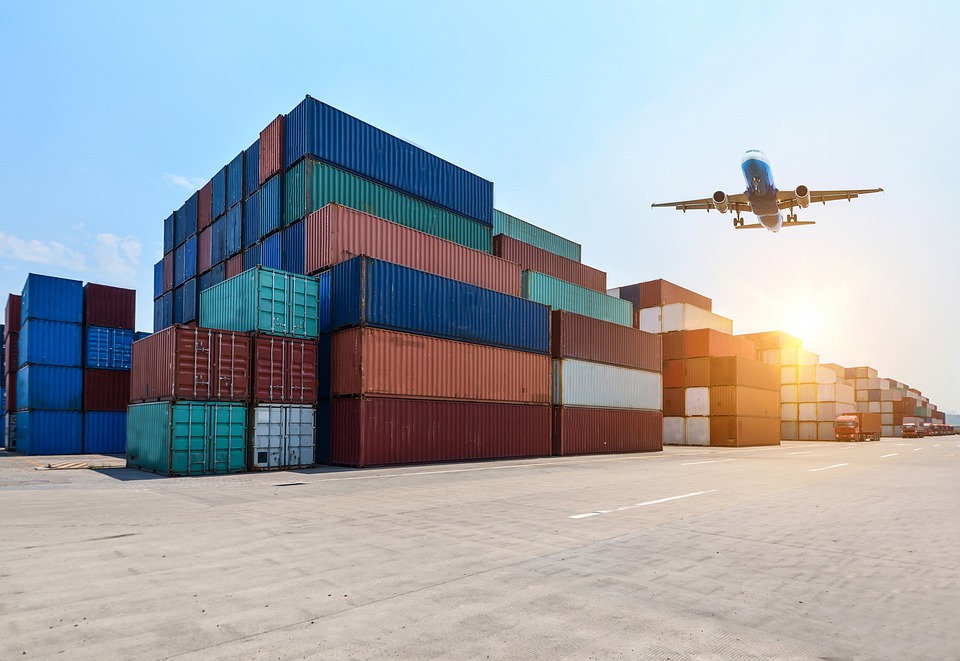Containers are one of the indispensable parts of the transportation industry. Heavy loads can be transported very easily with containers. Containers have different models according to the type of load. In addition to the standard size containers, there are also special design container models. Containers are suitable for multiple use as they have strong and solid structures. Containers can be loaded mechanically.

Containers must be produced in accordance with quality standards in order to be used continuously. The delivery of loads may take a long time in some cases. Therefore, that the goods are well preserved is very important. Goods can be stored for a long time in containers produced in accordance with quality standards. The usage area of containers has been expanding considerably in recent years. These products, which stand out especially in seaways, are quite useful.
It is necessary to determine the appropriate container type depending on the type of transportation. Now, it is very easy to find appropriate container types for all types of transportation. You can get detailed information about types and usage areas of containers by contacting us. At the same time, you can review our products and services on our website. You can contact us to make use of our services.
Standard containers are one of the most preferred container types. These containers, which are generally appropriate for carrying many loads, have very functional features. Standard container types have two doors; one at the front and one at the back. All walls in standard containers are covered. These types of containers are designed in such a way that general purpose loads can be stored.
Products that can pass through the door of standard containers and can be easily positioned inside are transported. The reason why standard container types are the most preferred model is that they are generally appropriate for the transportation of many loads.
Convertible containers are generally preferred for loads that are long and difficult to pass through the door. These container types have an openable steel roof. Convertible containers are an alternative for loads that do not fit into standard containers. Heavy and long loads can be easily loaded and transported in convertible container models.
Open containers do not have side walls and a roof, as their name signifies. Therefore, inappropriate loads for standard and convertible containers are transported in open containers. Heavy and large loads such as construction equipment and generators are generally loaded into these containers. It is the ideal container type for the safekeeping and transportation of wide and high goods.
The base of the platform container types is quite durable. Therefore, it is extremely appropriate for transporting very heavy loads. It is preferred for loads that are not directly loaded on the ship. The loads carried in platform containers are generally heavy loads such as yachts and buses.
Reefer containers come into prominence in the transportation of sensitive loads. It is considerably appropriate for transporting perishable and frozen foods. Loads that need to be kept at a constant temperature are transported in these containers. Reefer containers have their own cooling unit and they get the energy from the ship.
There is a panel on the outside of the reefer containers. The temperature can be adjusted by means of this panel. At the same time, temperature can be changed by using some devices until the goods are delivered to the destination. Mostly perishable foods, fruits and flowers are transported in reefer containers.
Tank container types are mostly preferred for liquid or gaseous loads. These types of containers come to the forefront in chemical load transportation. It is necessary to prevent the shaking of the load against quakes that may occur during transportation. Within the scope of the measures that can be taken, it is concluded that 80 percent of the container should be full. However, the occupancy of the tank should not exceed 95 percent in order to prevent the expansion caused by temperature.
You can get detailed information about container types by contacting us through our company. You can contact our expert team to find out which container model is appropriate for the type of load. You can visit our company for safe transportation with our high quality products. You can contact us to benefit from our advantageous services appealing to every budget.